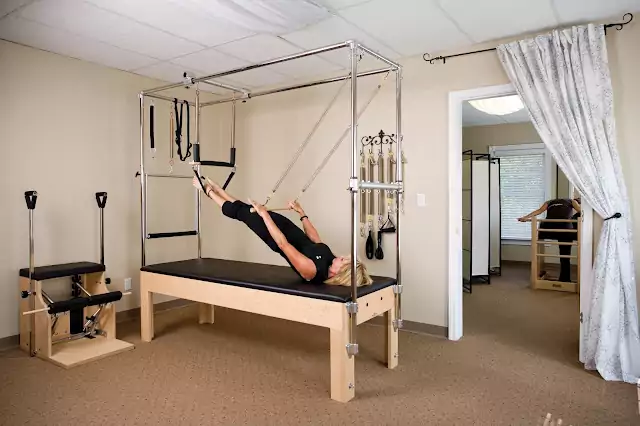The increasing popularity of Pilates has created great competition for traditional Pilates studios, as gyms and community centers offer an array of mat and equipment based classes. At the same time, many individuals have cut back on private Pilates training sessions in response to the recession. Learn how to diversify your Pilates programs in order to remain relevant and successful.
The Pilates Method has Become Increasingly Popular
Not too long ago, the Pilates method was an obscure method of training that few knew about. While some dancers understood the brilliance of the method, Joseph Pilates’ techniques were largely unknown and unpracticed. Today, however, most everyone has an understanding of Pilates. It has become an accepted and relevant form of exercise.
The popularity of Pilates creates a challenge for the traditional Pilates studio, though. Because Pilates mat classes have become mainstream, many Pilates studios are seeing decreased demand for mat and other equipment based classes. Increasingly, clients choose to take these classes at their local gyms and recreation centers.
Pilates Studios Must Offer a Variety of Pilates Classes
Barbara Winter, author of Making a Living Without a Job, offers an insight that is useful to studio owners as they look at the market, assess competition, and re-examine offerings and services. Winter advises business owners to think about their businesses as if they were malls. Each offering, or revenue stream, is then viewed as a store.
In a mall, there are anchor stores as well as small boutiques. The anchor stores bring in the bulk of the business, while the boutiques are unique, smaller, and usually less lucrative. While the anchor store in the Pilates studio may have been mat classes in the past, the anchor store in today’s Pilates studio is probably something else. It may be post-rehab sessions or reformer classes. The boutiques? Perhaps they are seasonal. Perhaps they are semi-private mat classes.
Draw on the Pilates Studio’s Core Strengths
A Pilates studio can offer greater expertise, deeper knowledge, and more individual instruction than the average gym, which caters to a much wider audience. Create offerings that draw on that deep knowledge.
For example, a Pilates studio might build six-week individual or semi-private packages termed, “Pilates for Beginners.” “Pilates for Beginners” could serve a need that is currently not well met. This need is simple: many people want to practice Pilates without the expense of personal training, but the instruction they receive in overcrowded gym classes leaves them confused, misinformed, and lacking in technique.
A “Pilates for Beginners” offering would aim to produce confident exercisers that can successfully practice Pilates, no matter where they choose to go. This would be a real contribution to the fitness world, and a lucrative little revenue stream for the Pilates studio.
Review Current Pilates Programs and Try New Offerings
Though the democratization of Pilates may seem disheartening at first, remember to think outside the box and look for new business opportunities. Understanding the latest fitness trends and how they affect your business can be difficult. However, doing so will keep your Pilates studio current and fresh. It will also ensure you remain relevant and successful.
